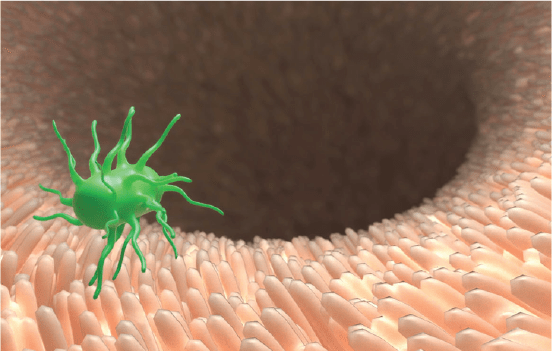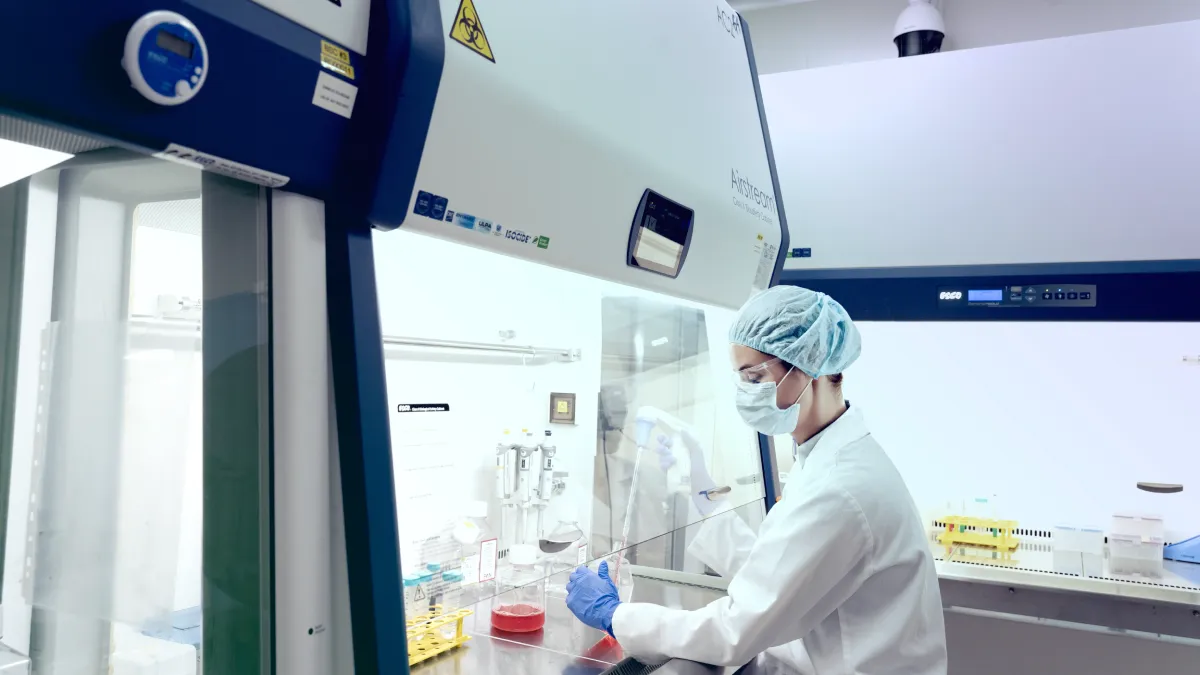Applications
Vaccine Strategies for Livestock and Poultry
Mucosal vaccines

The goal of mucosal vaccines is to prevent infection of the pathogen through the mucosal surfaces instead of preventing the onset of the disease. Most pathogens enter through mucosal surfaces which should be protected by mucosal immunity.
Mucosal surfaces include nasal, sublingual, oral, rectal, vaginal, pulmonary, and trans-dermal. Choosing the right mucosa to administer the vaccine is critical for eliciting the effective immunity. Several theories have shown that mucosal sites are linked; suggesting the administration of vaccine at one mucosal site induces also protection at other mucosal sites.
Intranasal vaccines
Nasal vaccination in mice have been shown to elicit immune response at different mucosal sites. This is further achieved through the use of adjuvants such toxins (cholera or heat-labile enterotoxin).
Oral vaccines
The main challenge in oral antigens is the delivery and prevention of oral tolerance. There is a delicate balance for virulence such that it should not be too virulent that it causes the disease nor too attenuated that the immune system cannot mount a response.





